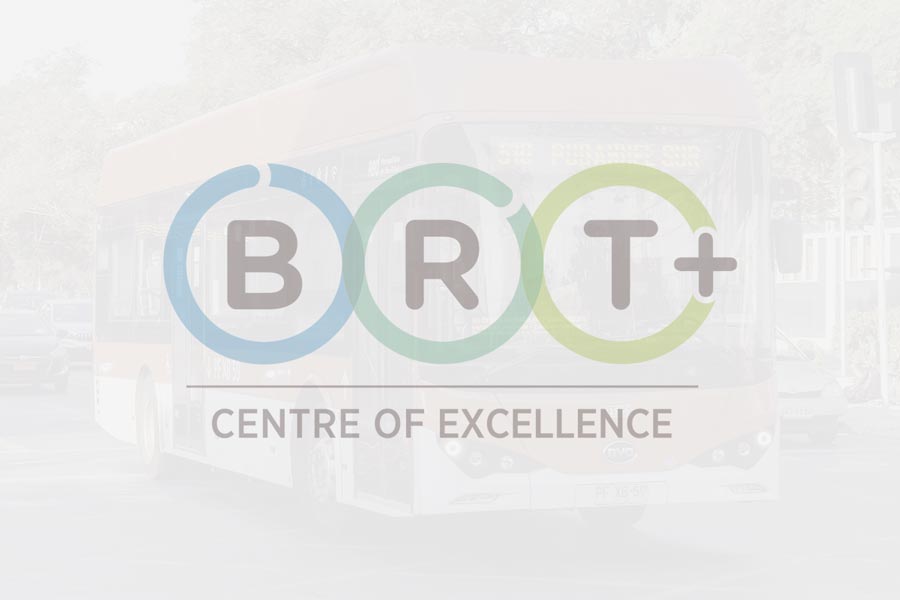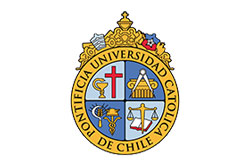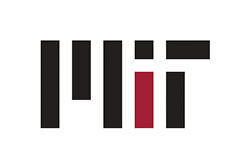Last Month, O Globo, the newspaper of the most prestigious communication group in Brazil, Organizações Globo, published the next opinion article by our BRTCoE member Luis Antonio Lindau’s that highlights our BRTdata.org in Brazil.
Source: O Globo (in Portuguese) – May 25th, 2015
The New Era of bus
The BRT network, composed of several corridors in full operation, faces, in its implementation phase, barriers imposed by various stakeholders and their conflicting interests
BY: LUIS ANTONIO LINDAU
For decades, cities gave their streets to cars. Today they suffer from chronic congestion as a result of this great misconception in urban planning. Now, the cities are reviewing this model and transferring the main role to public transport, since a lane dedicated to buses can carry up to ten times more people than a lane used by automobiles.
Priority measures for buses increase system productivity, lower their operating costs, reduce travel times and bring greater punctuality, in addition to mitigating greenhouse gas emissions and reducing local pollution.
The BRTdata.org site reveals this new trend by mapping about five thousand kilometers of priority corridors for buses in 190 cities worldwide. The platform indicates an exponential increase from the turn of the millennium, when Bogotá inaugurated a new era of BRT, to enable the operation of conventional and express services and reduce by half the travel time. The Colombian capital invested in BRT since 2000; today, there are 11 corridors that serve more than 2.2 million passengers every day. A high quality transit system, which includes BRT systems (Bus Rapid Transit) and BHLS (Bus with High Level of Service), as they are called in Europe, provides a fast, safe, reliable and affordable alternative to urban mobility.
Brazil is the country with the largest amount of bus lanes. There are more than 840 kilometers, in 34 cities, which serve 12 million users a day. The city of Curitiba has been a pioneer in Brazil, initiated the implementation of bus lanes in 1974 and now has six BRT corridors, with 81.5 km in total.
The inauguration of BRT systems in Rio, Belo Horizonte, Brasilia and over 200 projects that aim to prioritize buses point to a new era of public transport on wheels.
In China, the growth in the last decade was the fastest, where the number of lanes went from two to 33. Paris, Madrid and Amsterdam are among the 56 cities in Europe with bus priority systems. Since 2005, Mexico City has invested in BRT; today, it has five corridors, with a total of 105 kilometers and carrying 900,000 passengers per day. Even in the US, where 95% of urban motorized trips are carried out by car, the corridors’ extensions exceed 550 km.
A city with a multimodal urban transport system that has a good design, implementation, operation and control, is able to decrease the dependence of its inhabitants to private motor vehicles. It is important to highlight that an efficient BRT network, made up of several fully operational corridors, faces, during the implementation process, barriers imposed by numerous actors and their competing interests. However, public transport on wheels, with their inherent flexibility and high competitiveness provided by exclusive tracks, presents itself as an essential component of the mobility system.
Luis Antonio Lindau is a professor at the Universidade Federal do Rio Grande do Sul (UFRGS) and is the President and Director of EMBARQ Brasil













